If elastane is famous for one thing, this would be none other than its extreme stretchability as it can be stretched more than 500% of its length! Elastic as it is, it offers a great recovery back to its initial form without losing its original shape, while providing a good fit, great flexibility, and an excellent range of motion. As a fiber, elastane also has hydrophobic qualities which means that it repels water well. It is also lightweight, soft against the skin, highly breathable, and resistant to wrinkles, abrasion, and pilling. More importantly, it is a durable and resilient material as it is resistant to detergents, lotions, body oils, chlorine, saltwater, suncream, and heat, while it holds its dye well despite repeated use. Finally, it is the perfect material for swimwear or watersports as there is less muscle fatigue on the wearer thanks to its performance qualities and minimum drag, while it is shape-fitting yet shrink-free and colorfast, and it wicks moisture well! Thanks to these amazing attributes of elastane, it is most commonly combined and mixed with other fibers, like cotton or polyester, and used in a wide range of clothing, such as sportswear, tights, socks, swimsuits, cycling wear, leggings, shorts, yoga pants, motion capture suits, underwear, bras, jerseys, gloves, etc.






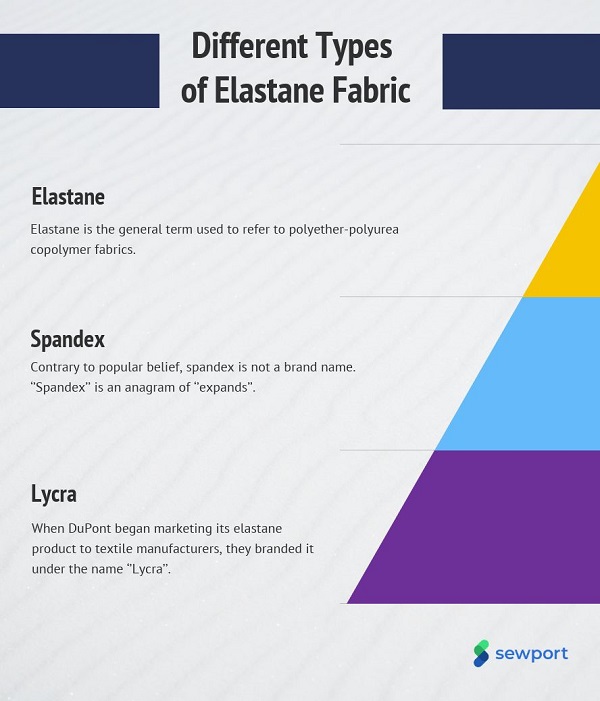
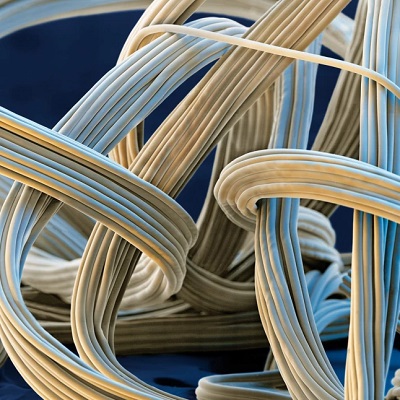
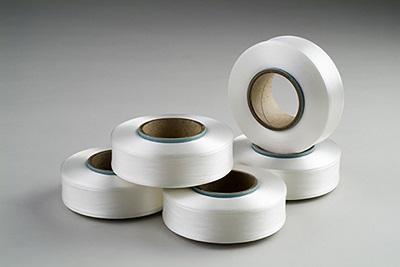
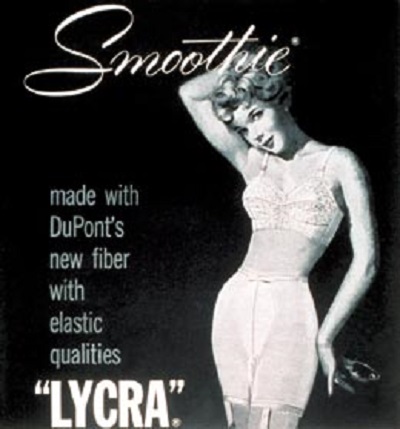
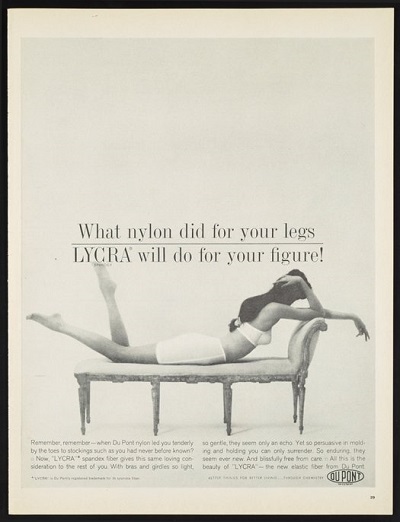
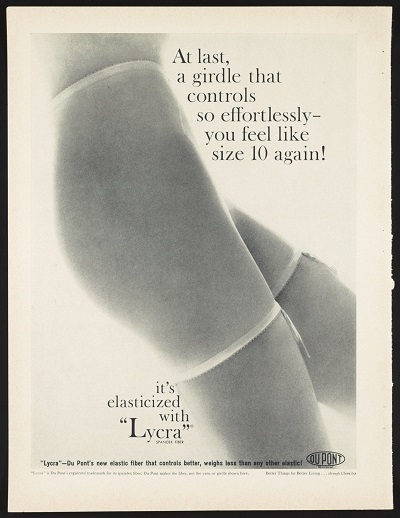
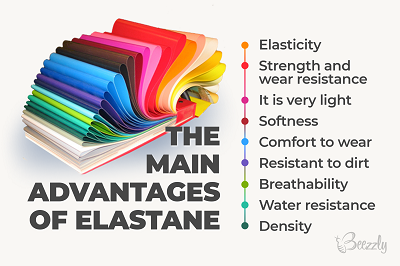
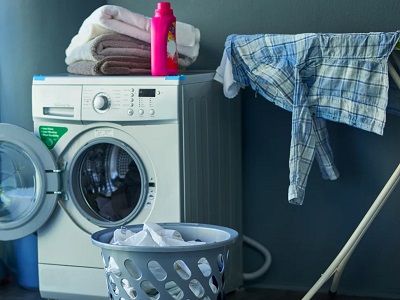

 Login
Login